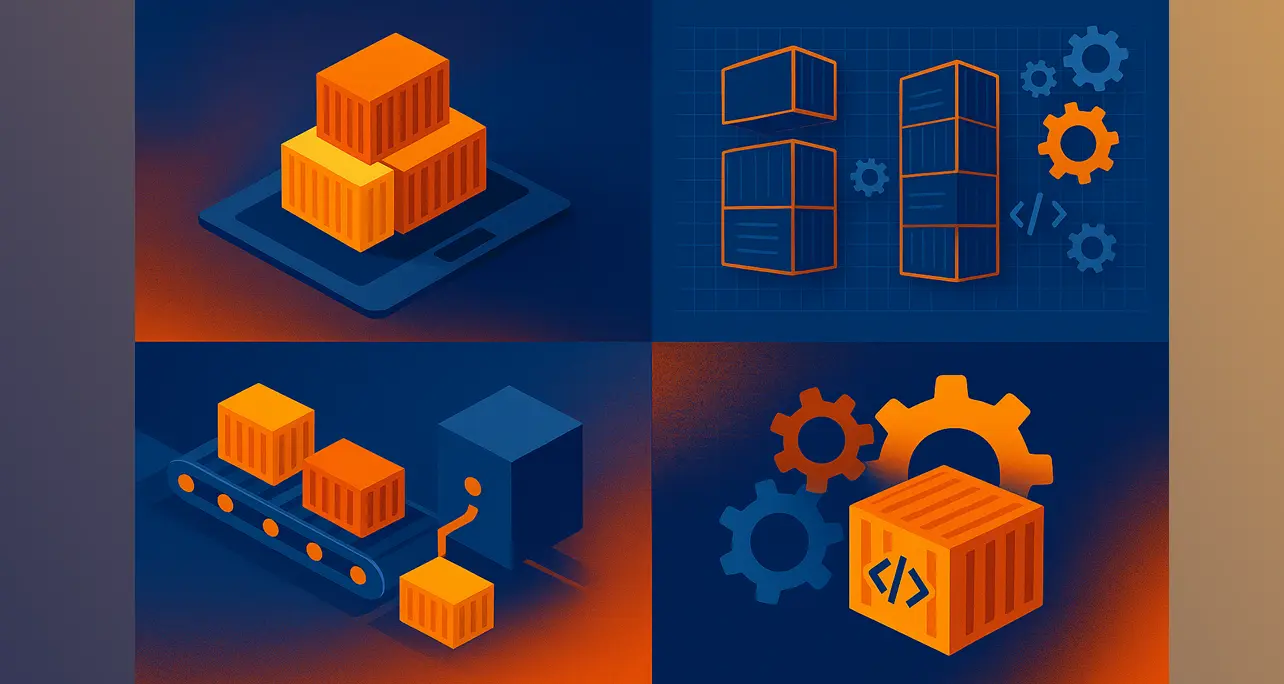
ColdFusion: From Web Pioneer to Rapid Development Powerhouse
If you’ve been slinging code since the dot-com boom, chances are you’ve crossed paths with ColdFusion. But if your memory is stuck in the early 2000s, you might be surprised to learn just how far this platform has come.
ColdFusion began life in 1995, created by the Allaire brothers to make database-driven websites easier to build. Back then, it was revolutionary—allowing developers to drop in <cfquery> and <cfoutput> tags like magic, instantly connecting web pages to back-end data.
Then Macromedia acquired it. Then Adobe. And Adobe didn’t just sit on it—they supercharged it.
Fast forward to today, and ColdFusion isn’t just a legacy platform hanging on for dear life. It’s a modern, Java-based development engine that’s more powerful, secure, and flexible than ever. Under the hood? Solid Java. That means rock-solid performance, scalability, and enterprise-grade security baked in.
What really makes ColdFusion shine in 2025 is its dual-personality syntax. Prefer the classic tag-based style? Go for it. Want sleek, modern CFScript that feels like JavaScript or Python? It’s there. Use what fits your style—or your project.
Beyond syntax, ColdFusion has evolved into a full-blown rapid development ecosystem. Built-in support for RESTful APIs, PDF generation, high-performance caching, scheduling, encryption, and seamless database access—it’s all included, out of the box. You can build secure, scalable web applications without chasing a dozen plugins and frameworks.
And with features like CFML’s built-in security functions, robust session management, and native integration with Java libraries, ColdFusion makes secure development easier—not harder.
Sure, it may not always get the spotlight like the latest JavaScript framework-of-the-week, but ColdFusion has quietly stayed relevant by doing what it does best: letting developers build fast, powerful applications without a mountain of complexity.
So whether you’re a veteran CFer or someone just curious about why ColdFusion is still running mission-critical apps across healthcare, government, and enterprise companies—don’t be fooled. ColdFusion didn’t fade away. It grew up.
And it still kicks ass.
About the Author


If you’ve been slinging code since the dot-com boom, chances are you’ve crossed paths with ColdFusion. But if your memory is stuck in the early 2000s, you might be surprised to learn just how far this platform has come.
ColdFusion began life in 1995, created by the Allaire brothers to make database-driven websites easier to build. Back then, it was revolutionary—allowing developers to drop in <cfquery> and <cfoutput> tags like magic, instantly connecting web pages to back-end data.
Then Macromedia acquired it. Then Adobe. And Adobe didn’t just sit on it—they supercharged it.
Fast forward to today, and ColdFusion isn’t just a legacy platform hanging on for dear life. It’s a modern, Java-based development engine that’s more powerful, secure, and flexible than ever. Under the hood? Solid Java. That means rock-solid performance, scalability, and enterprise-grade security baked in.
What really makes ColdFusion shine in 2025 is its dual-personality syntax. Prefer the classic tag-based style? Go for it. Want sleek, modern CFScript that feels like JavaScript or Python? It’s there. Use what fits your style—or your project.
Beyond syntax, ColdFusion has evolved into a full-blown rapid development ecosystem. Built-in support for RESTful APIs, PDF generation, high-performance caching, scheduling, encryption, and seamless database access—it’s all included, out of the box. You can build secure, scalable web applications without chasing a dozen plugins and frameworks.
And with features like CFML’s built-in security functions, robust session management, and native integration with Java libraries, ColdFusion makes secure development easier—not harder.
Sure, it may not always get the spotlight like the latest JavaScript framework-of-the-week, but ColdFusion has quietly stayed relevant by doing what it does best: letting developers build fast, powerful applications without a mountain of complexity.
So whether you’re a veteran CFer or someone just curious about why ColdFusion is still running mission-critical apps across healthcare, government, and enterprise companies—don’t be fooled. ColdFusion didn’t fade away. It grew up.
And it still kicks ass.
About the Author






